At a recent conference, I talked about what books might look like in the near future, with the focus on mobile devices such as the iPad. I ended by asserting that it is a very exciting time to be an aspiring book author, with one’s hands on (what matters), the content . Ways of expressing that content are currently undergoing an explosion of new metaphors, and we might even expect some of them to succeed!
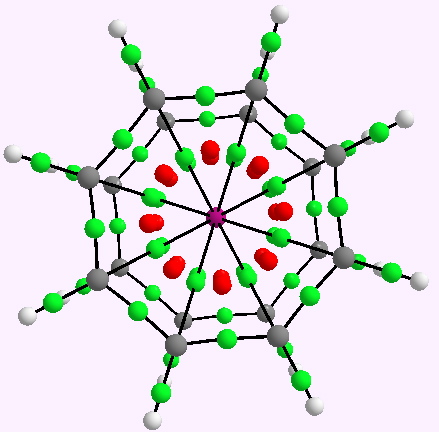
The two previous posts have explored one of the oldest bonding rules (pre-dating quantum mechanics), which postulated that filled valence shells in atoms forming molecules follow the magic numbers 2, 8, 18 and 32. Of the 59,025,533 molecules documented at the instant I write this post, only one example is claimed for the 32-electron class.
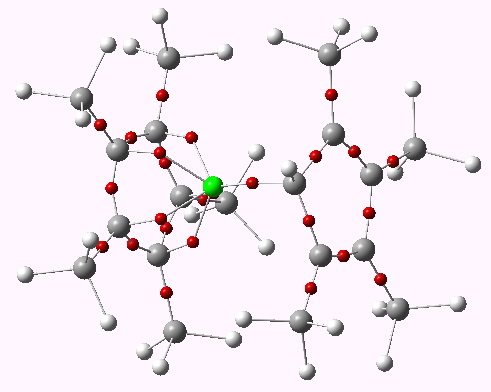
In discussing ferrocene in the previous post, I mentioned Irving Langmuir’s 1921 postulate that filled valence shells in what he called complete molecules would have magic numbers of 2, 8, 18 or 32 electrons (deriving from the sum of terms in 2[1+3+5+7]). The first two dominate organic chemistry of course, whilst the third is illustrated by the transition series, ferrocene being an example of such.
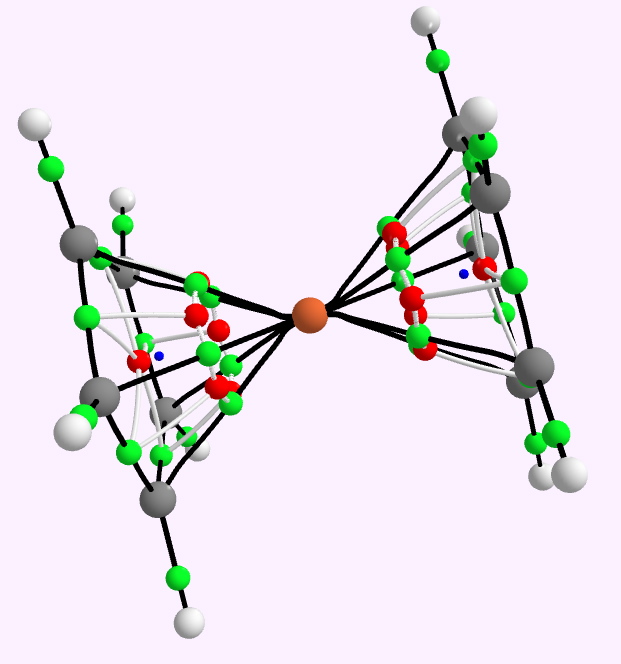
The structure of ferrocene was famously analysed by Woodward and Wilkinson in 1952[cite]10.1021/ja01128a527[/cite],[cite]10.1016/S0022-328X(00)88947-0[/cite], symmetrically straddled in history by Pauling (1951) and Watson and Crick (1953). Quite a trio of Nobel-prize winning molecular structural analyses, all based on a large dose of intuition.
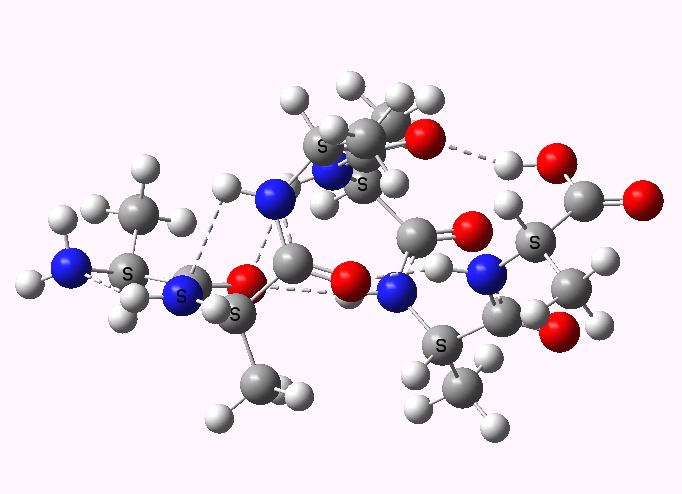
Understanding why and how proteins fold continues to be a grand challenge in science. I have described how Wrinch in 1936 made a bold proposal for the mechanism, which however flew in the face of much of then known chemistry.
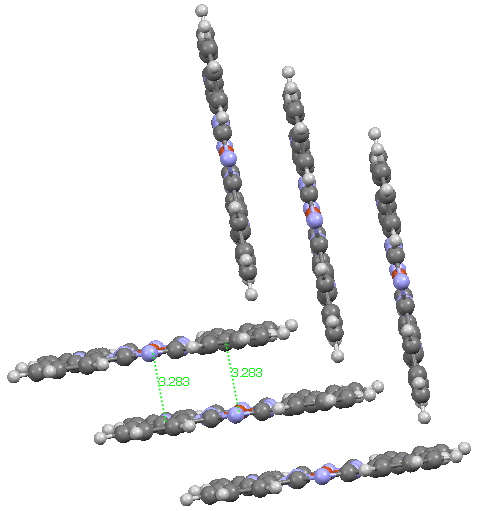
Andy Mclean posted a comment to my story of copper phthalocyanine (Monastral blue). The issue was its colour, and more specifically why this pigment has two peaks λ max 610 and 710nm making it blue. The first was accurately reproduced by calculation on the monomer, but the second was absent with such a model. Andy suggested this latter was due to stacking. Here, the calculated spectrum of a stacked dimer is explored.
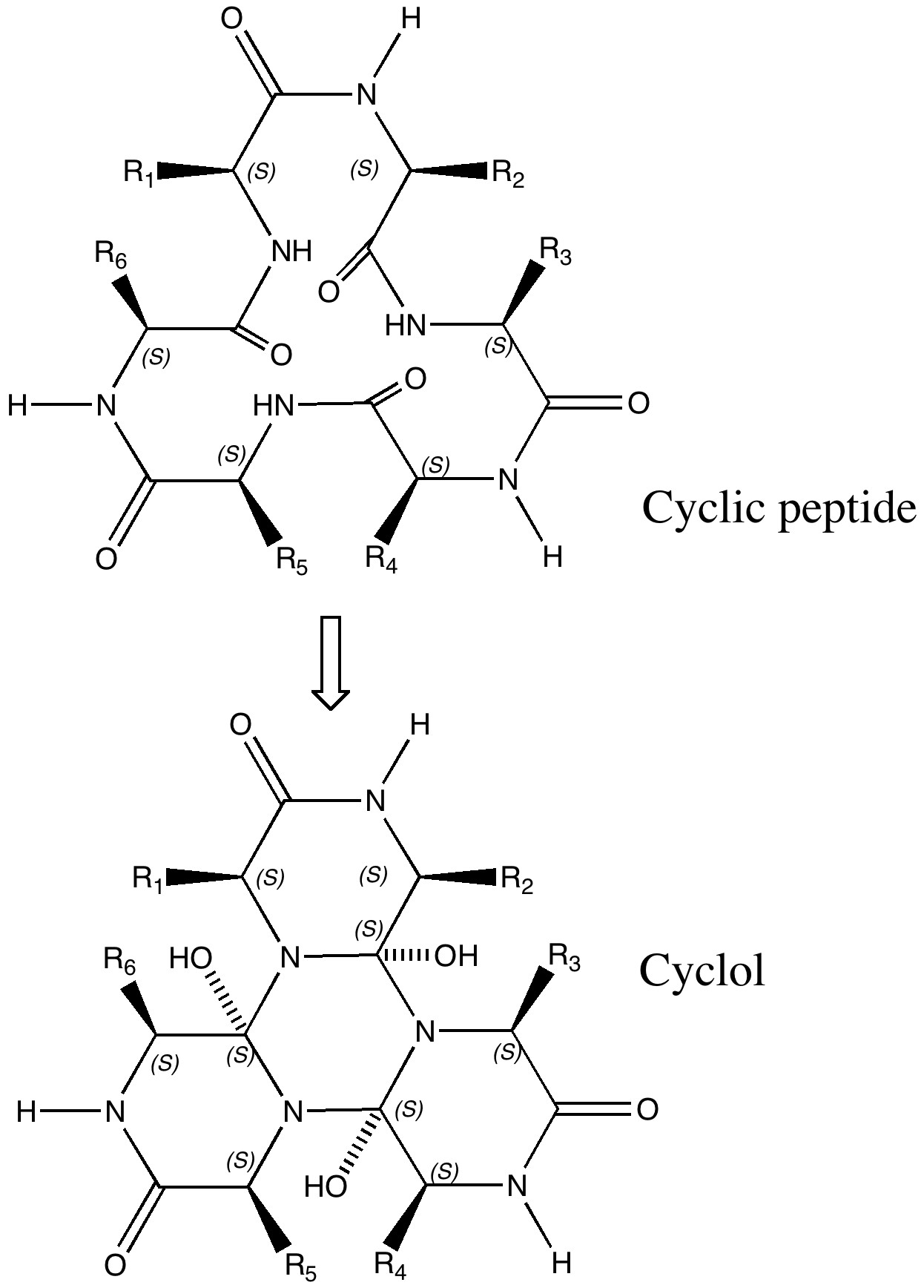
Most scientific theories emerge slowly, over decades, but others emerge fully formed virtually overnight as it were (think Einstein in 1905). A third category is the supernova type, burning brightly for a short while, but then vanishing (almost) without trace shortly thereafter.
I am at the ACS meeting, attending a session on chemistry and the Internet. This post was inspired by Chemicalize, a service offered by ChemAxon, which scans a post like this one, and identifies molecules named. I had previously used generic post taggers, which frankly did not work well in identifying chemical content. So this is by way of an experiment.
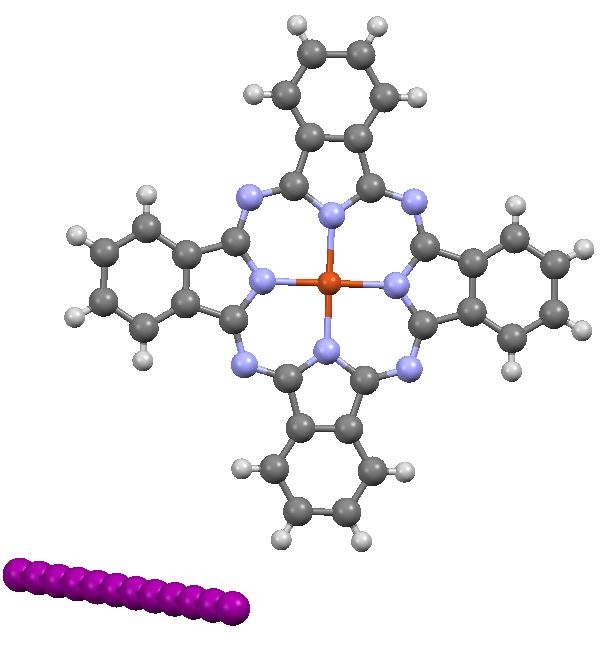
In the previous post I pondered the colour of Monastral blue (copper phthalocyanine). Something did not quite fit, and so I speculated that perhaps some oxidation of the pigment might give a new species. This species (Cambridge code FEGJOQ) comprises two parts of copper phthalocyanine, 1 part of the corresponding cation, and 1 part of triodide anion.
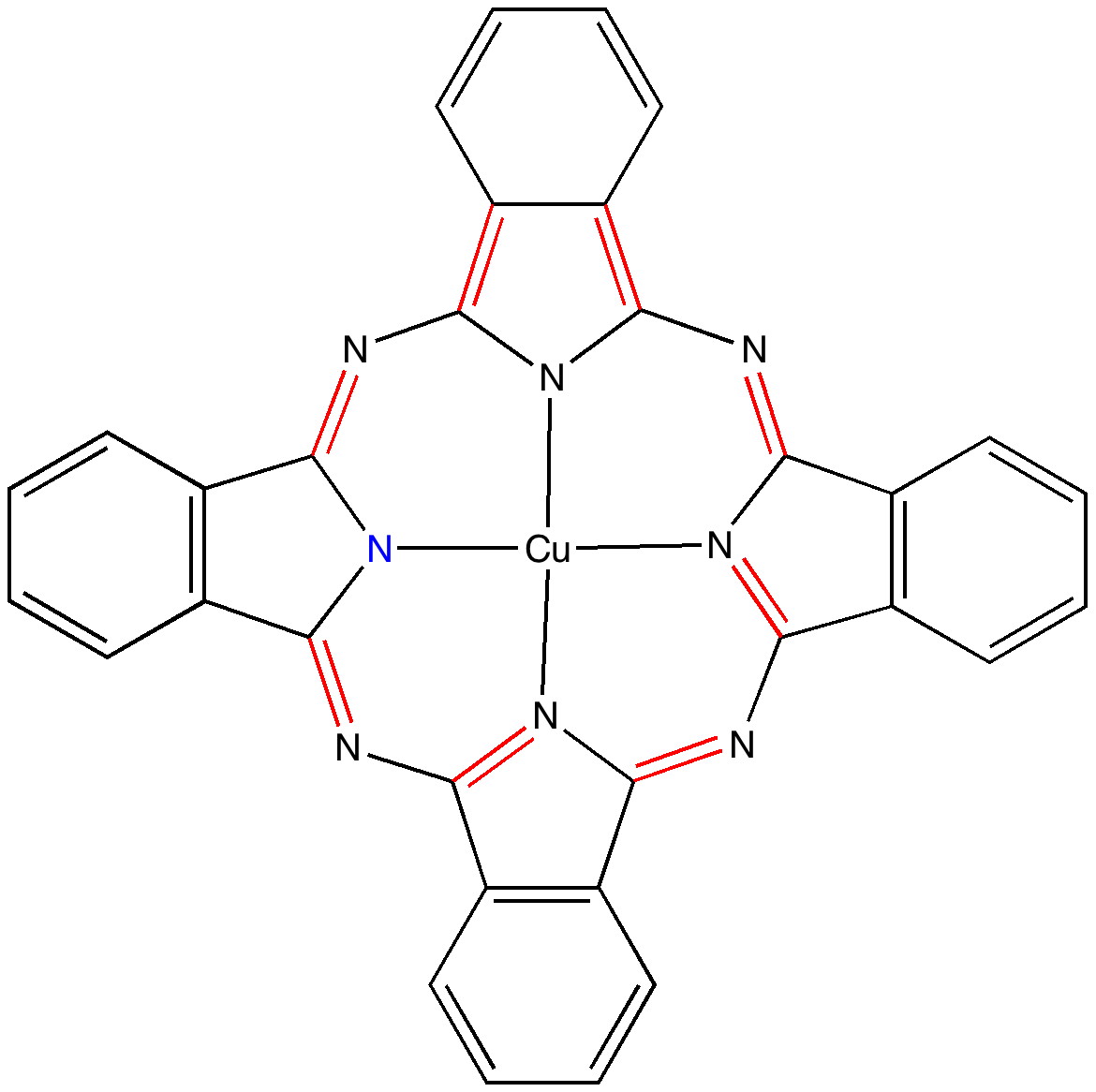
The story of Monastral is not about a character in the Magic flute, but is a classic of chemical serendipity, collaboration between industry and university, theoretical influence, and of much else.
In this earlier post, I noted some aspects of the calculated structures of both Z- and B-DNA duplexes. These calculations involved optimising the positions of around 250-254 atoms, for d(CGCG) 2 and d(ATAT) 2, an undertaking which has taken about two months of computer time!